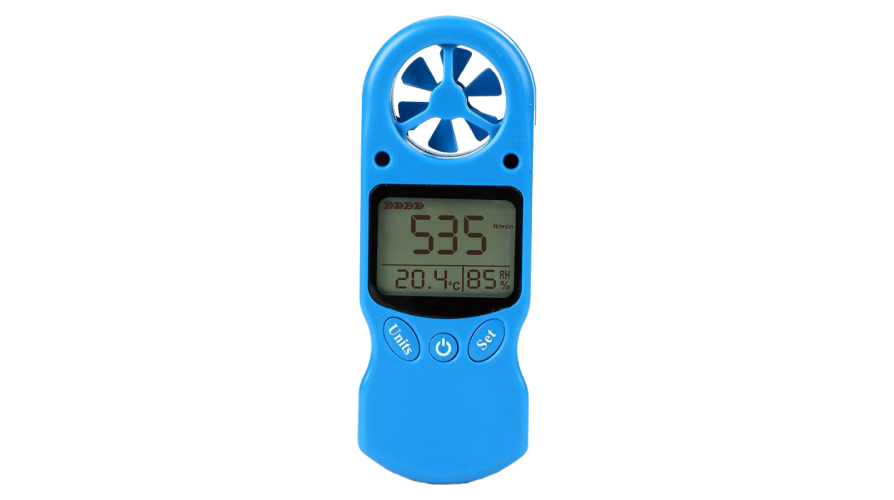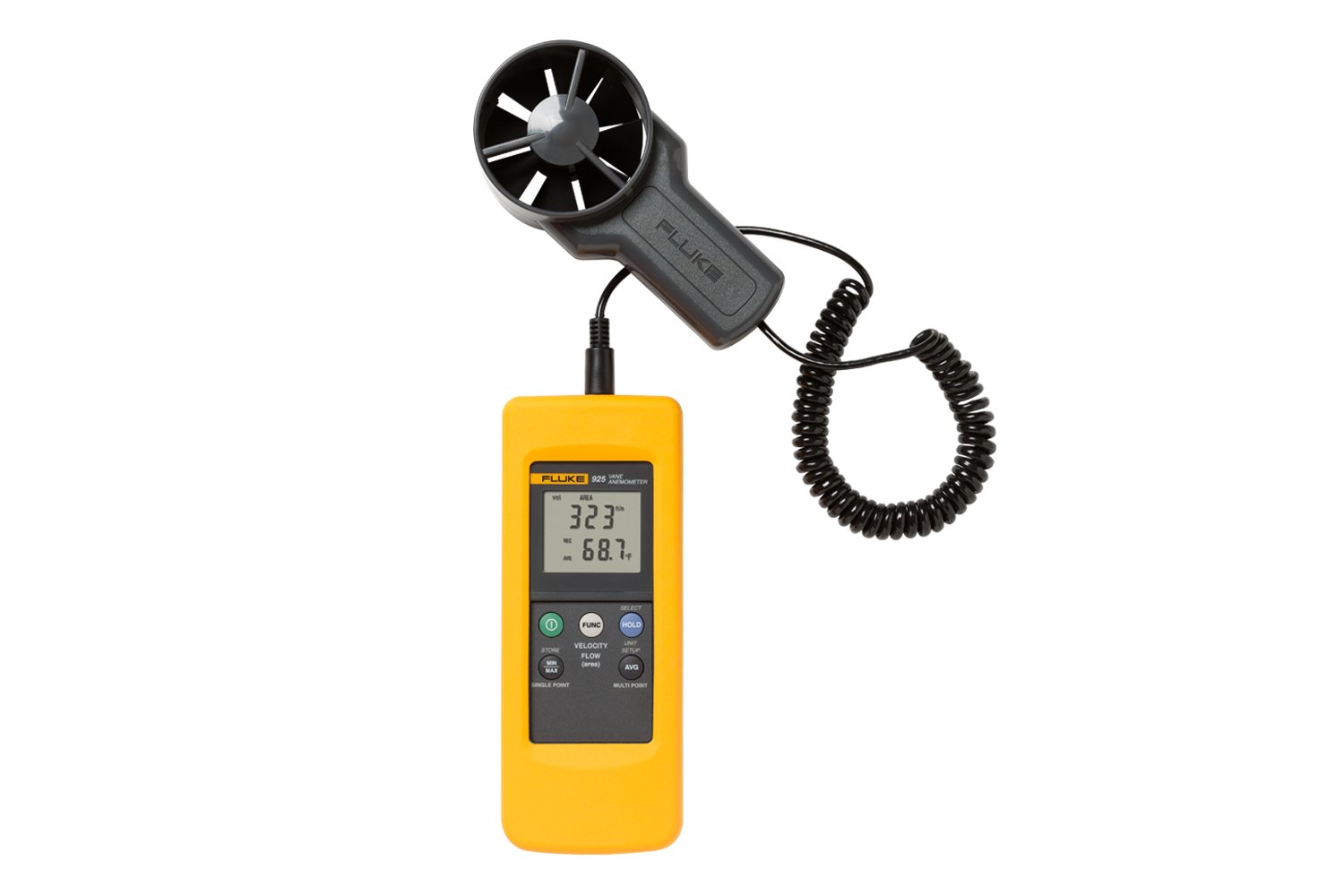Recognizing Different Types of Anemometers for Numerous Applications
Recognizing Different Types of Anemometers for Numerous Applications
Blog Article
All You Need to Understand About Anemometers: Exactly How They Work, Why They Issue, and Where to Make use of Them
Anemometers, though frequently overlooked in the world of scientific tools, play a vital role in numerous fields, supplying important understandings right into wind speed and air flow patterns. Understanding the auto mechanics behind these devices is crucial for anybody looking for to harness the power of this information. From meteorologists tracking weather condition patterns to engineers developing structures with wind loads in mind, the applications of anemometers are far-ranging and diverse. As we look into the details of anemometer innovation, we will certainly uncover the internal operations of these tools, their value, and the vital factors to consider when choosing the right anemometer for certain applications.

Anemometer Basics
An important instrument made use of to gauge wind speed and direction, the anemometer plays a crucial duty in weather forecasting and numerous industries. An anemometer commonly consists of three or four mugs that rotate in the wind, a vane that directs right into the wind, and sensors to track the movements or rotations.
There are various types of anemometers offered, including mug anemometers, vane anemometers, hot-wire anemometers, and sonic anemometers, each with its one-of-a-kind attributes and applications. Cup anemometers are typically used for basic wind speed measurements, while vane anemometers are favored for directional measurements.
Principles of Anemometer Operation
Structure on the fundamental understanding of anemometer fundamentals, the concepts of anemometer operation illuminate the technicians behind wind speed and direction measurements. Anemometers operate on the principle of air movement influencing a sensing unit, triggering it to rotate. Cup anemometers, for circumstances, have three or more cups that record the wind, causing them to spin faster as the wind speed increases. The rotation rate is then transformed into a wind speed dimension. Vane anemometers, on the other hand, make use of a tail or a probe that aligns itself with the wind instructions, supplying a measurement of wind direction based upon the orientation of the sensor. Hot-wire anemometers depend on a heated cable that cools as wind passes over it, with the rate of cooling establishing the wind rate. Ultrasonic anemometers action wind rate and instructions by analyzing the time it considers ultrasonic signals to take a trip between transducers. Understanding these concepts is crucial for reliable and exact wind dimensions in different applications.
Significance of Anemometers
The relevance of anemometers in weather forecasting and numerous markets can not be overstated. Anemometers play an important role in determining wind rate and direction, supplying essential information for web weather condition projecting, environment research studies, ecological monitoring, and air travel operations. Meteorologists depend on anemometers to gather precise wind information, aiding them understand climate patterns, predict tornados, and problem prompt warnings to the public. In sectors such as building, agriculture, sustainable energy, and maritime operations, anemometers are used to optimize processes, make certain security, and enhance performance. Wind ranch operators use anemometers to examine wind conditions and take full advantage of power production from wind turbines. In the maritime market, anemometers help ship navigating by providing real-time wind information to captains, aiding them make informed decisions to ensure safe voyages. Overall, anemometers are important tools that contribute considerably to safety, effectiveness, and informed decision-making in weather forecasting and a variety of industries.
Applications Across Various Industries
In the renewable energy industry, anemometers play a vital function in examining check my blog wind conditions for wind farm positionings, making sure optimal power production. Industries like construction and mining use anemometers to check wind speeds, essential for safety and security procedures, particularly when functioning at elevations or in open-pit mines where strong winds can posture dangers. In agriculture, anemometers aid farmers in managing crop splashing by offering real-time data on wind rate to prevent drift.

Selecting the Right Anemometer for Your Requirements
Picking the ideal anemometer tailored to your specific demands is vital for obtaining exact wind speed and direction measurements. When choosing an anemometer, think about variables such as the desired application, needed measurement array, ecological conditions, and desired features. For basic functions, a cup anemometer is ideal for gauging wind rate, while a vane anemometer gives wind instructions information. Hot-wire anemometers are optimal for reduced airspeed dimensions, and ultrasonic anemometers supply high accuracy and longevity.

Final Thought
In final thought, anemometers play a crucial role in gauging wind speed and instructions across different industries. It is important to consider the value of anemometers in order to make informed choices when choosing the most suitable device for determining wind conditions.
There are various kinds of anemometers offered, consisting of cup anemometers, vane anemometers, hot-wire anemometers, and sonic anemometers, each with its one-of-a-kind functions and applications. Mug anemometers are generally utilized for standard wind speed dimensions, while vane anemometers are liked for directional measurements. Hot-wire anemometers browse around these guys are appropriate for reduced airspeeds, and sonic anemometers are perfect for high-precision dimensions in research study and commercial settings.Structure on the fundamental understanding of anemometer essentials, the concepts of anemometer procedure elucidate the technicians behind wind rate and instructions measurements. For basic objectives, a cup anemometer is suitable for gauging wind speed, while a vane anemometer offers wind direction information.
Report this page